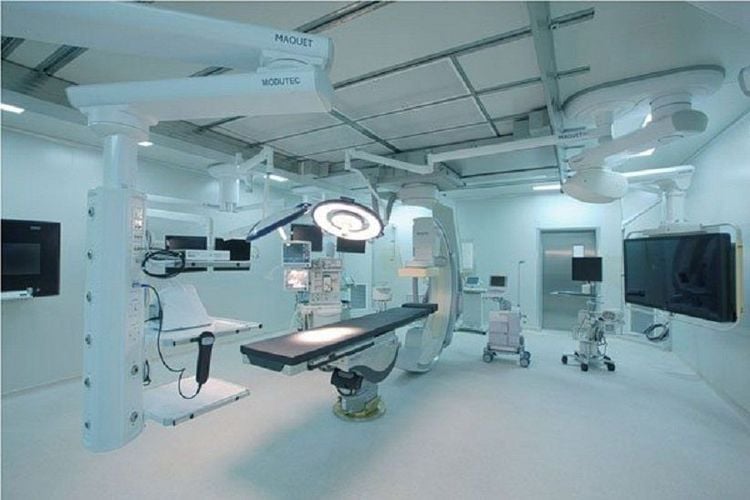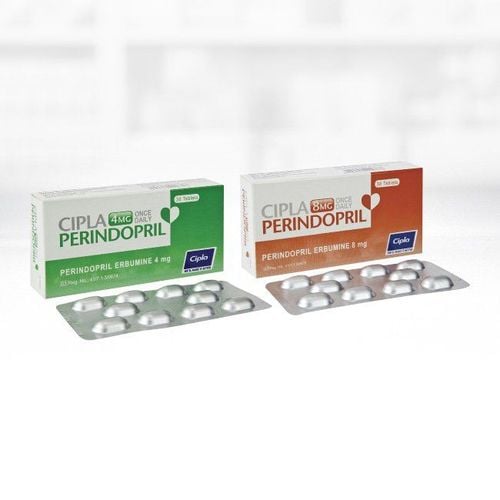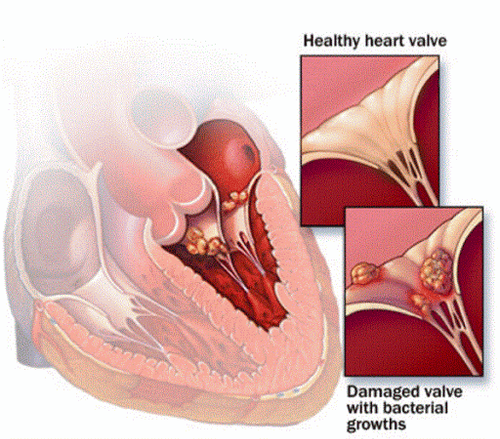This is an automatically translated article.
The article is professionally consulted by Master, Doctor Cao Thanh Tam - Cardiologist - Cardiovascular Center - Vinmec Central Park International General Hospital. Master - Doctor Cao Thanh Tam has many years of experience in the diagnosis and treatment of cardiovascular diseasesAortic regurgitation usually progresses silently, until the patient feels chest pain, shortness of breath, then the disease has turned to heart failure. Timely detection and treatment of valvular regurgitation will help the treatment to be effective and reduce the risk.
1. Why does aortic valve regurgitation easily cause heart failure?
When aortic valve regurgitation, the heart is forced to contract and work harder to be able to pump enough blood to all organs in the body. If this condition goes on for a long time, the heart will become dysfunctional and can not pump enough blood to feed the body anymore, the patient will show signs of fatigue due to lack of oxygen and nutrients, cough and shortness of breath. due to blood stasis in the lungs and edema of the extremities due to difficulty in blood flow to the heart.In addition, people with aortic and mitral valve regurgitation face a higher risk of heart failure because these two valves are under enormous pressure, greater than the other valves.

Hở van động mạch chủ khiến tim phải co bóp và làm việc nhiều hơn
2. How to prevent heart failure due to aortic regurgitation?
People with aortic regurgitation leading to heart failure need to be periodically monitored to be able to monitor the degree of valve regurgitation, stimulate the heart's chambers, periodically evaluate heart function to have appropriate treatment. In addition, the patient also avoids labor, working or exercising too much. To relieve symptoms and prevent disease progression, it is necessary to adhere to the treatment prescribed by your doctor.3. Surgical treatment of aortic valve regurgitation like?
3.1 When is surgery necessary to treat aortic regurgitation? Surgery to treat aortic regurgitation is indicated when the patient has the following signs:Shortness of breath, chest pain. There are no specific symptoms but left ventricular function is reduced. 3.2 Surgical method of treating aortic regurgitation Aortic valve replacement Two types of valves commonly used are mechanical valves and biological valves. The choice of which valve to replace depends on the age, sex and condition of the disease,...
In addition, it is also possible to replace with the patient's own valve (the patient's autologous pulmonary valve). disease, Ross surgery). However, this surgery is limited to a small group of patients (such as children), because it will damage two heart valves instead of the original one.
Repair aortic valve Repair aortic valve for some cases such as aortic valve prolapse, mitral valve prolapse, aortic regurgitation due to dilatation of the aortic root.
In case of aortic regurgitation with dilated aortic root, the patient may be indicated to replace both the aortic root and aortic valve (Bentall surgery), or replace the aortic root but keep the valve. aorta (David surgery).
Allogeneic valve replacement This method uses heart valves donated by brain dead patients. This is a very effective method for cases of aortic valve regurgitation caused by infective endocarditis (the ability to fight pathogenic bacteria of allogeneic valves is better than that of artificial heart valves). However, the surgical technique of allogeneic valve replacement is more complicated than prosthetic valve replacement, and in the long term, allogeneic valve replacement is not better than artificial heart valves.

Phẫu thuật điều trị hở van động mạch chủ có thể theo phương pháp thay van hoặc sửa van tim
4. Percutaneous aortic valve replacement (TAVI) technique at Vinmec Central Park International Hospital
4.1 What is percutaneous aortic valve replacement? Percutaneous aortic valve replacement (TAVI) was performed by interventional cardiologist Dr. Alain Cribier on a patient with a strict aortic valve stenosis for the first time in 2002. This patient was refused surgery. surgery because many scientists consider the risk of surgery too high. Up to now, this technique is still being applied officially and routinely. In Vietnam, Vinmec National General Hospital is the first hospital to perform this technique independently.4.2 Why should percutaneous aortic valve replacement technique be performed at Vinmec Central Park International General Hospital? Advantages of performing percutaneous aortic valve replacement technique at Vinmec International Hospital system:
Cardiovascular Center of Vinmec Central Park International General Hospital is the only place in Vietnam that is equipped with Hybrid operating room includes state-of-the-art machines that can perform high, difficult, complex and precise techniques, providing good quality images for surgeons and surgeons. Cardiovascular Center is also the first place in Vietnam to be awarded the certificate of "independent aortic valve replacement unit". A team of experienced and well-known specialists in the field of cardiology. GS. Vo Thanh Nhan is the first interventional cardiologist in Vietnam to be awarded the "Proctor" certificate. The team - the "cardiovascular team" team works in unity and mutual support, the cardiovascular surgeons are always accompanies during the procedure. The percutaneous aortic valve replacement technique is a minimally invasive technique, the postoperative time is shortened and the success rate is high.

Phòng mổ Hybrid cho phép thực hiện phẫu thuật thay van động mạch chủ














